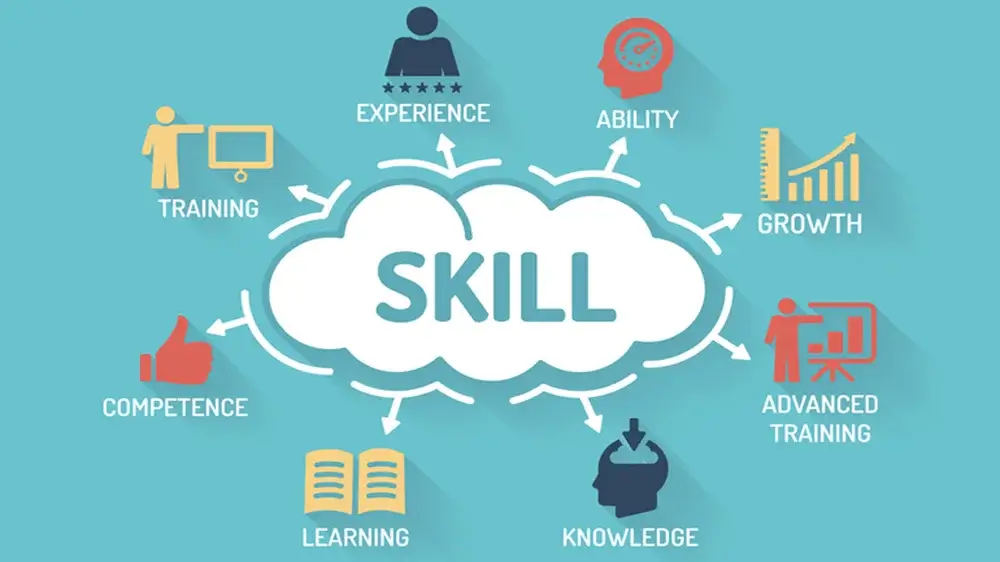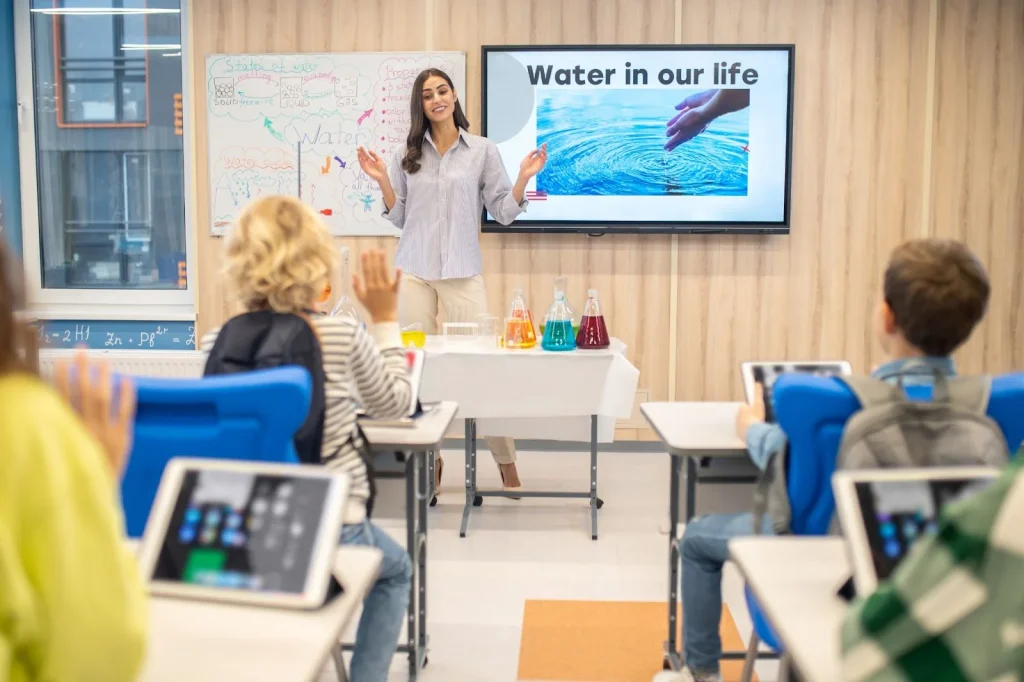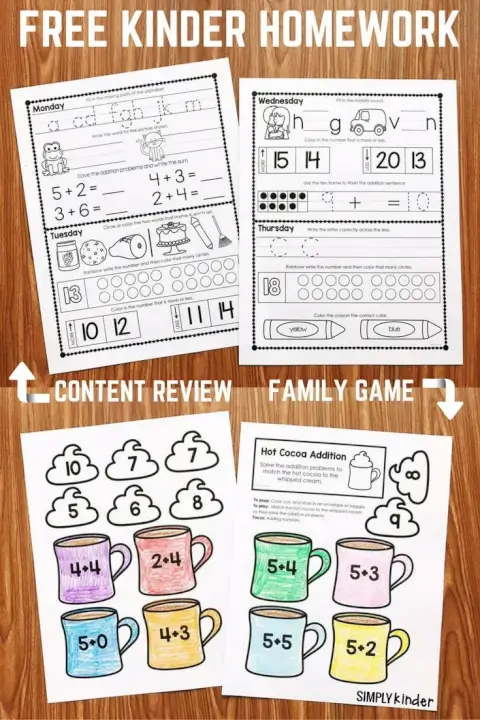For educators, parents and policy makers, homework for kindergarten is a contentious issue. Some people are against the idea that little children should be given any homework assignments while others feel that it can cultivate a passion for learning and supplement classroom instructions. In this extensive manual, we will look at the advantages and limitations of kindergarten homework in addition to offering workable ideas on how they can be made useful and enjoyable.
What is the purpose of assigning Homework for Kindergarten
Advantages of Early Home Tasks
When appropriately created, homework for kindergarteners have several benefits:
- Repetition of Class Lessons: Homework supports children’s understanding and retention of core concepts taught at school.
- Good Study Habits Formation: Early introduction of assignments may assist in shaping positive studying culture as well as teaching responsibility to kids.
- Parental Participation: It encourages parent involvement in their child’s education thus helping improve the relationship between home and school.
- Skills Improvement: Thoughtfully designed exercises for home can enhance critical thinking, encourage creativity, foster problem-solving skills etc
The Problems of Homework for Kindergarten
Nevertheless, there are constraints to consider as well:
- Attention Span: Kindergartners have a brief attention span meaning that it is hard for them to stay focused on their homework tasks.
- Stress and Burnout: There can be too much homework leading to fatigue and stress which may affect the attitude of the child towards studies negatively.
- Equity Issues: In some homes, children do not receive equal support and this may lead to different educational results.
Efficient Approaches towards Homework for Kindergarten
To maximize benefits and minimize drawbacks, consider these ten steps:
Keep It Short and Sweet

Kindergarten homework must be short and simple to not burden young kids. The tasks should take 10-15 minutes to finish, aiming at reinforcing what was taught in class.
This strategy helps keep children’s attention and interest. Kindergartners are more likely to complete small, sweet assignments; this then sets a good example for future homework habits.
Make It Interactive
Interactive kindergarten homework makes learning fun and engaging. Activities such as counting objects around the house, illustrating a story with pictures, or playing educational games can cement ideas in an interesting way.
By including interactive features, children are more likely to develop a passion for learning and remain motivated throughout their assignments.
Focus on Skill-Building

Homework for kindergarten must concentrate on skills fostering foundational development. Basic math problems, identification of letters and fine motor control are necessary tasks. For instance it may include copying out letters together with numbers, numbering some items or perhaps arranging shapes into different groups based on size or color.
Skill-building assignments prepare students for the future academic achievements.
Make Sure There is Reading Time.
Incorporating reading time into kindergarten homework is crucial for language development. Even though children may not be able to read on their own yet, having a parent read to them can instill the love for books and improve listening skills.
This can make reading time an enjoyable and educational part of the homework routine by improving vocabulary, comprehension and age-appropriate stories.
Give Clear Instructions
For kindergarten homework to ensure that tasks are understood and completed correctly, clear instructions are vital. Simple and direct instructions will enable children understand what is expected of them.
Additional clarity can be provided using visual aids or examples accompanying written instructions. Young learners feel confident in their abilities when frustrations are reduced through clear guidance.
Utilize Visual Aids
Visual aids are powerful tools in kindergarten homework which help children understand concepts more readily. Pictures, diagrams, colorful charts can all make abstract ideas more concrete.
For instance, counting or letter recognition can be better understood using images that illustrate the same. Visual aids makes homework more involving and accessible to young learners too.

Establish a Habit
In kindergarten learners, it is very important to develop an early homework custom because it makes learning into a habit. A child with no such practice would definitely find it impossible to regulate his actions when he grows up and will be looking for another path every time something goes not the way he expected.
By following a homework timetable, children can familiarize themselves with home learning gradually.
Involve Parents in Homework Exercises

Parents need to participate fully in kindergarten homework since they are central in facilitating its completion. The tasks should be explained or clarified by parents, who may even want to provide some guidance.
It also helps in understanding the school’s relevance through parental involvement that enables them to collaborate with their children on matters related to education. This also makes them informed of their kids’ progress and areas where attention is needed.
Provide Encouragement Instead of Punishment
Positive reinforcement works best instead of punishment as far as creating kindergartners’ positive attitude towards doing homework is concerned. There are many ways that can be used to enhance this including providing incentives like praises or small gifts for completed assignments.
This means that they should focus on the efforts and achievements made by their children at large so that all facets of learning are covered meaningfully thereby improving knowledge acquisition skills among students as they grow older.
Incorporate Fun into Study Time
Making homework fun can significantly enhance a kindergartener’s learning experience. Incorporate playful elements like educational games, songs, or hands-on activities to make study time enjoyable. When children associate homework with fun, they are more likely to stay engaged and retain the information they learn.
Fun study time turns homework from a chore into an adventure.
Conclusion,
Homework for kindergartners when thoughtfully designed can be a valuable tool in reinforcing classroom learning, developing good study habits and involving parents in their child’s education. Educators and parents can ensure that homework enhances the learning experience rather than detracts from it by making it short, interactive and fun. This will help young learners develop positive and effective homework routines.
By implementing the strategies presented in this article, you can make your child’s kindergarten homework a meaningful and enjoyable part of their educational path.
FAQs on Kindergarten Homework
Q1: How much homework should be given to kindergartners?
A: In rare cases, the homework for kindergarteners should not surpass fifteen minutes daily.
Q2: What other assignments are appropriate for kindergartners?
A: Some of the feasible homework includes reading, simple arithmetic problems, colouring, and interactive tasks that reinforce class work.
Q3: How can parents assist their kindergartner with homework?
A: This may be facilitated by establishing a quiet place where there less distractions exist, giving clear directions and encouraging support from parents.
Q4. Is it necessary to give small kids home tasks?
A: It is not compulsory that young children have home tasks though it may be helpful if such tasks are interesting and educational as well.
Q5. What should instructors prioritize while giving out such tasks?
A: A short, interactive homework focusing on reinforcement of classroom learning.

Russell F. Jones, holding a Master in psychology from the University of Florida. He writes for Smart Parent Solutions, offering practical advice on parenting and child development. His engaging content helps parents navigate family life with confidence and ease. Russell enjoys sharing his knowledge and spending quality time with his family.
